The tapestry of the United Kingdom is stitched together with threads of history, culture, and sometimes contention. As we delve into the rich fabric of British regional rivalries, it’s clear that these historical and contemporary divides shape not just local but national identities as well.
1. Wales vs. England: Historical Tensions

The rivalry between Wales and England is steeped in centuries of history, from medieval conquests to modern-day sporting clashes. Recent surveys suggest that 11% of Welsh residents view their identity as exclusively Welsh, not British, underscoring ongoing distinctions.The struggle to preserve the Welsh language against the dominating influence of English highlights the cultural resilience of Wales. Efforts to promote Welsh through education and media are pivotal in maintaining this important aspect of Welsh identity.
2. Scotland vs. England: Independence and Identity

Scotland’s historical and contemporary clashes with England are marked by battles for political autonomy and cultural recognition. The 2014 independence referendum, where 55% voted to stay in the UK, still sparks debate, with recent polls showing a near 50-50 split on independence. This ongoing divide underscores deep-seated differences over governance and national identity.
3. Northern Ireland vs. Rest of Britain: A Complex Union

Northern Ireland’s relationship with the rest of Britain is complex, shaped by historical conflicts and the delicate balance of peace brought by the Good Friday Agreement. The Brexit aftermath, which introduced checks between Northern Ireland and the rest of the UK, has reignited tensions, highlighting distinct political and cultural differences.
4. North-South Divide in England: Economic Disparities
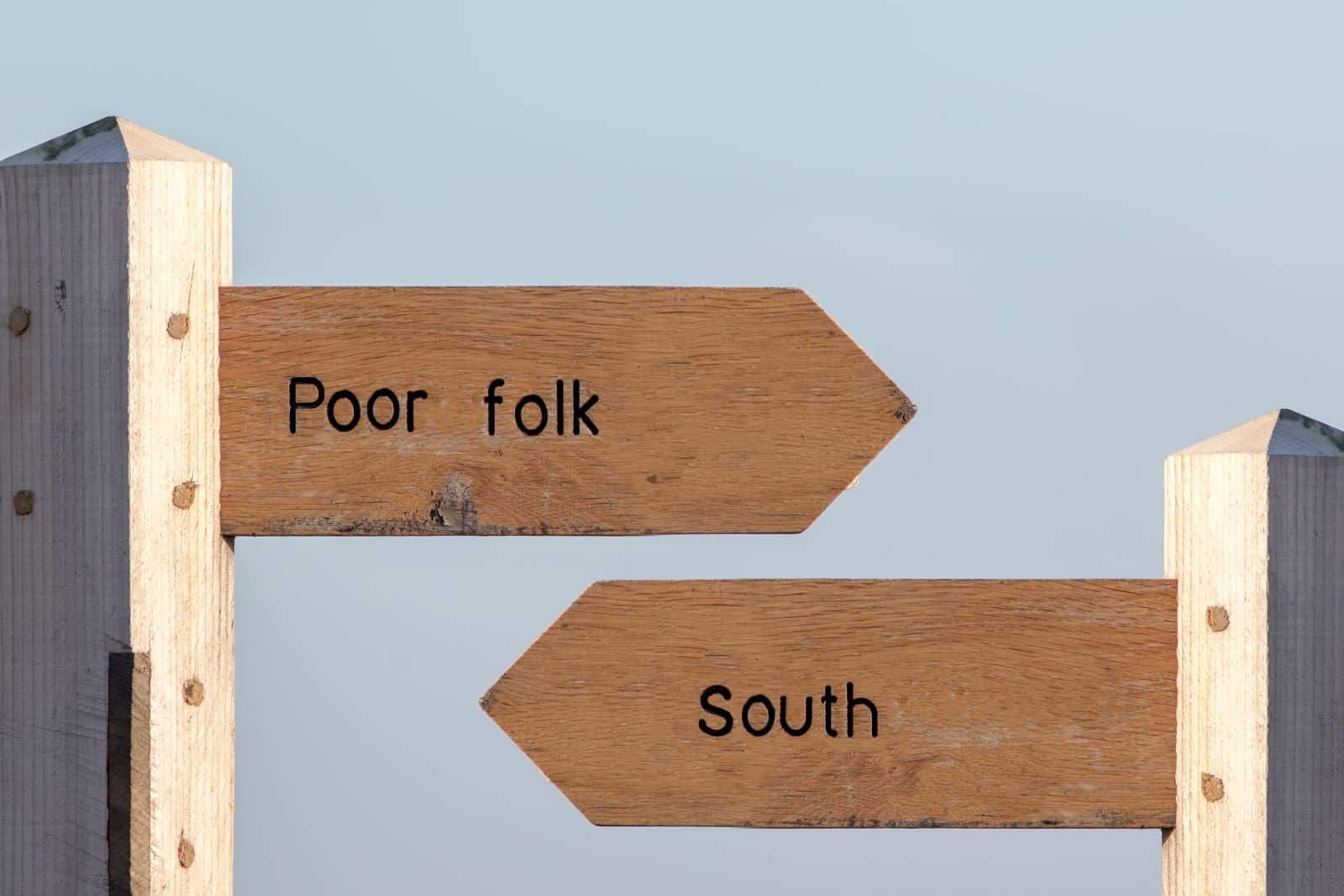
The economic divide between Northern and Southern England is stark, with the North facing higher rates of poverty and lower levels of investment. Government reports highlight that London’s GDP per capita is nearly double that of the North East, illustrating significant disparities in wealth and opportunities.
5. Protestant vs. Catholic in Scotland: Religious Undercurrents

Religious differences in Scotland, particularly between Protestants and Catholics, historically manifest in areas like Glasgow, where sectarianism occasionally influences social dynamics. Although overt sectarian violence has decreased, the rivalry still affects certain community relations and can be prominently observed in football cultures, especially in Old Firm derbies.
6. Protestant vs. Catholic in Northern Ireland: Lasting Divisions

In Northern Ireland, the Protestant-Catholic divide is a defining characteristic of its social and political landscape. Despite the peace process, divisions run deep, with segregated neighborhoods and schools still prevalent. The annual marching season often brings tensions to the surface, reflecting unresolved aspects of this historical conflict.
7. South West vs. Rest of England: Cultural and Economic Divide
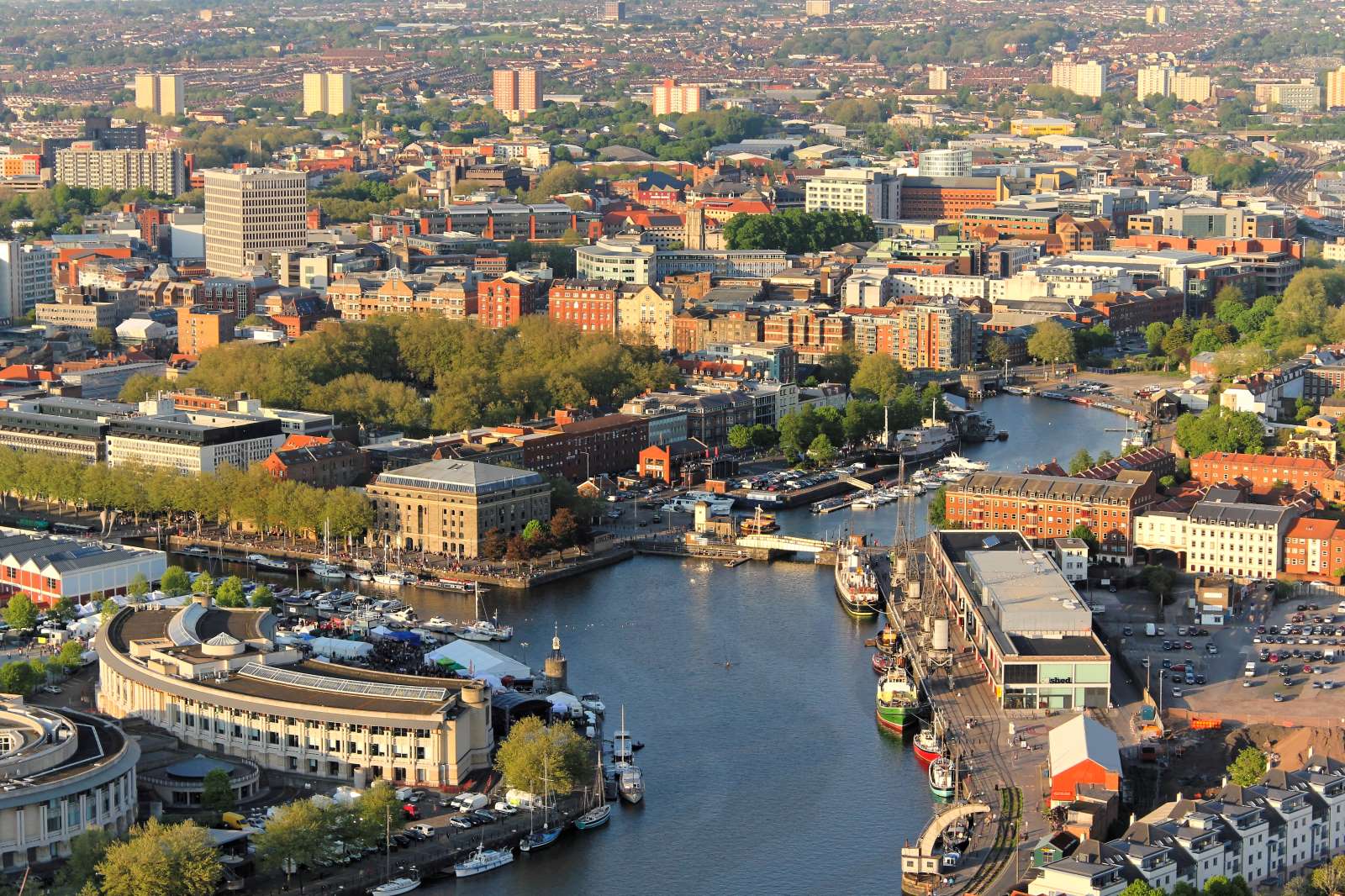
The South West of England, with its distinct cultural identity and slower pace of life, often sees itself as separate from the hustle of more metropolitan areas. Economic issues, such as reliance on tourism and agriculture, contrast sharply with the finance-driven economies of cities like London, highlighting regional economic disparities.
8. Yorkshire: A Region Apart

Yorkshire’s strong regional pride is expressed through its ongoing campaigns for greater autonomy, with movements advocating for a devolved parliament. Its distinct cultural identity is often showcased in calls for recognition of a Yorkshire-wide approach to political and economic issues, differentiating it from other regions.
9. Cornwall: National Minority Status
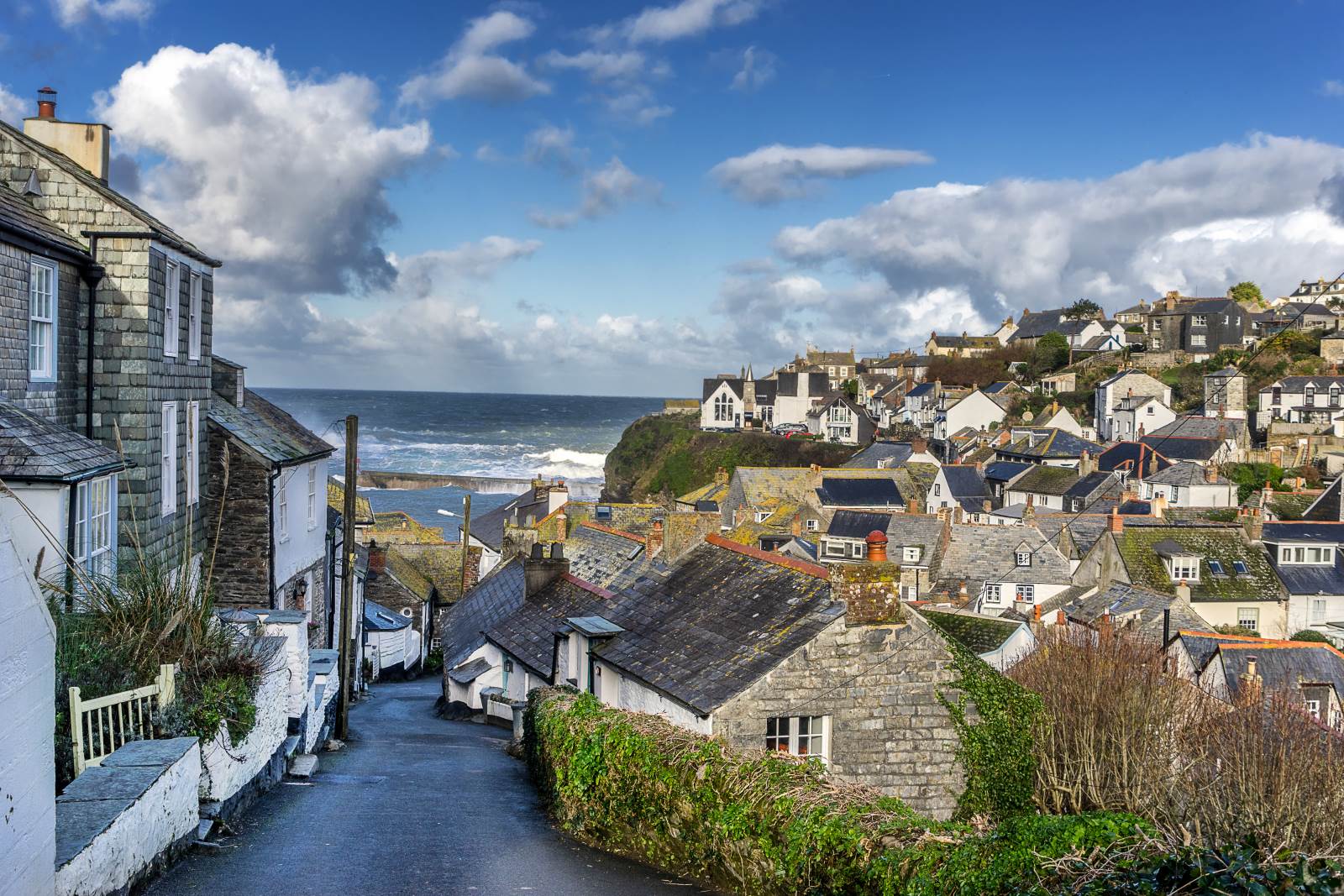
Cornwall’s distinct cultural identity and historical language led to its recognition as a national minority. This status underlines a regional distinctiveness that often manifests in calls for greater local governance and protection of cultural heritage, setting it apart from broader English policies.
10. East Anglia vs. The Midlands: Historical Rivalries

Historical rivalries between East Anglia and the Midlands often stem from economic competitions during the industrial era. Today, subtle distinctions in dialect, culinary preferences, and economic focus continue to foster a sense of regional pride and competition.
11. Manchester vs. Liverpool: Economic and Cultural Rivalry

The rivalry between Manchester and Liverpool extends beyond football to encompass cultural and economic competition. Both cities vie for investments in technology and media, each striving to assert its cultural heritage and modern relevance.
12. Newcastle vs. Sunderland: The Tyne-Wear Divide

The Tyne-Wear rivalry, primarily showcased in football, has historical roots in economic disputes from the shipbuilding era. Today, it encapsulates a broader social and economic competition between the two cities, with each community fiercely proud of its heritage.
13. Glasgow vs. Edinburgh: Contrasting Characters

Glasgow and Edinburgh’s rivalry encapsulates a contrast between the former’s industrial, working-class roots and the latter’s historic, intellectual veneer. This rivalry is celebrated culturally and economically, with each city asserting its uniqueness in Scotland.
14. Oxford vs. Cambridge: Academic Elitism
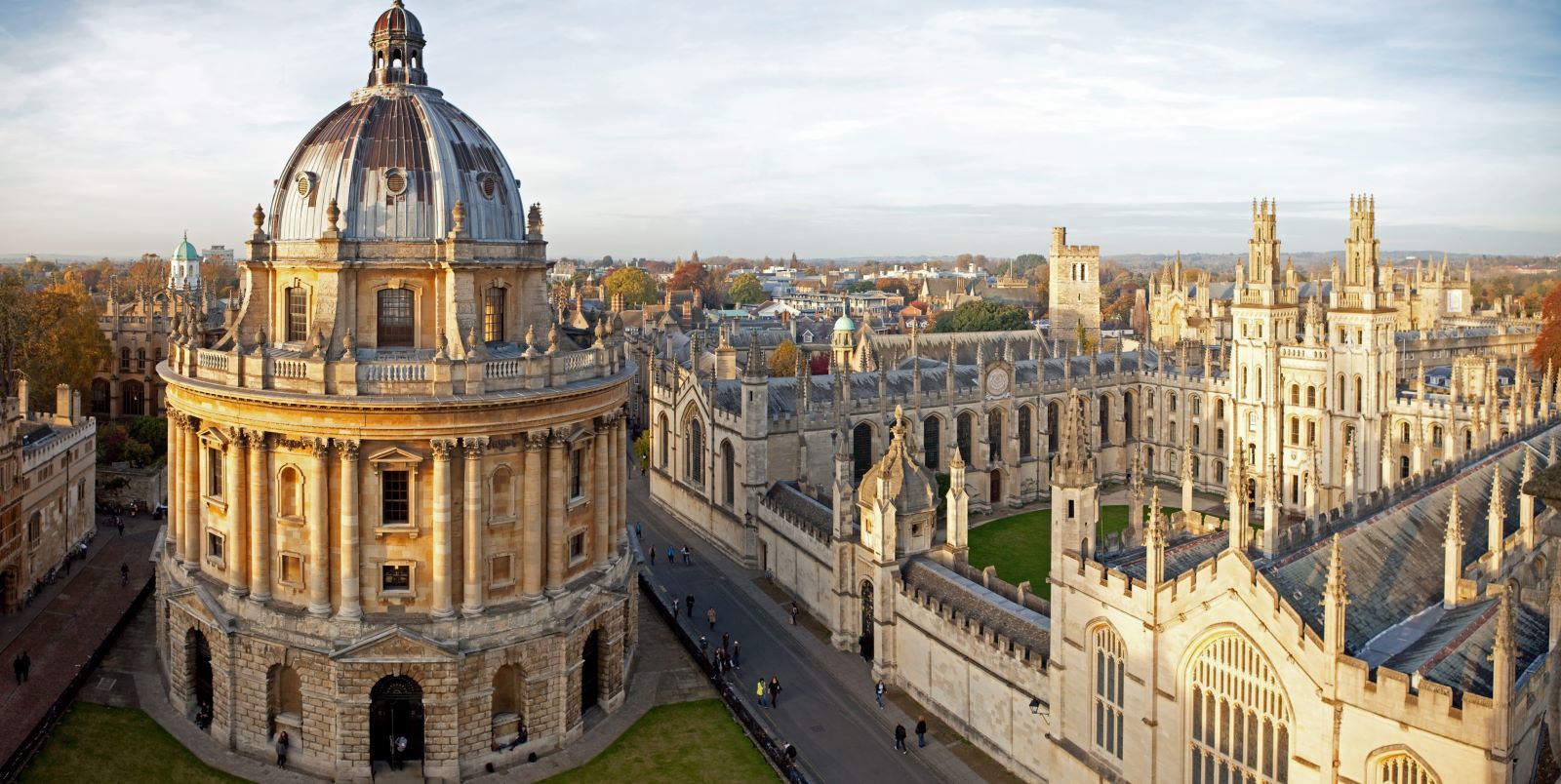
The rivalry between Oxford and Cambridge is world-renowned, primarily through the annual Boat Race. This competition extends into academic prestige, with both institutions vying for top global rankings and attracting international acclaim.
15. Highlands vs. Lowlands of Scotland: Geographic and Cultural Divide

Scotland’s geographical divide between the Highlands and Lowlands extends into cultural distinctions. The Highland’s Gaelic traditions and rugged landscapes contrast with the more urbanized and Anglicized Lowlands, highlighting Scotland’s diverse cultural tapestry.
16. Bristol vs. Cardiff: Cross-Border Cultural Contest
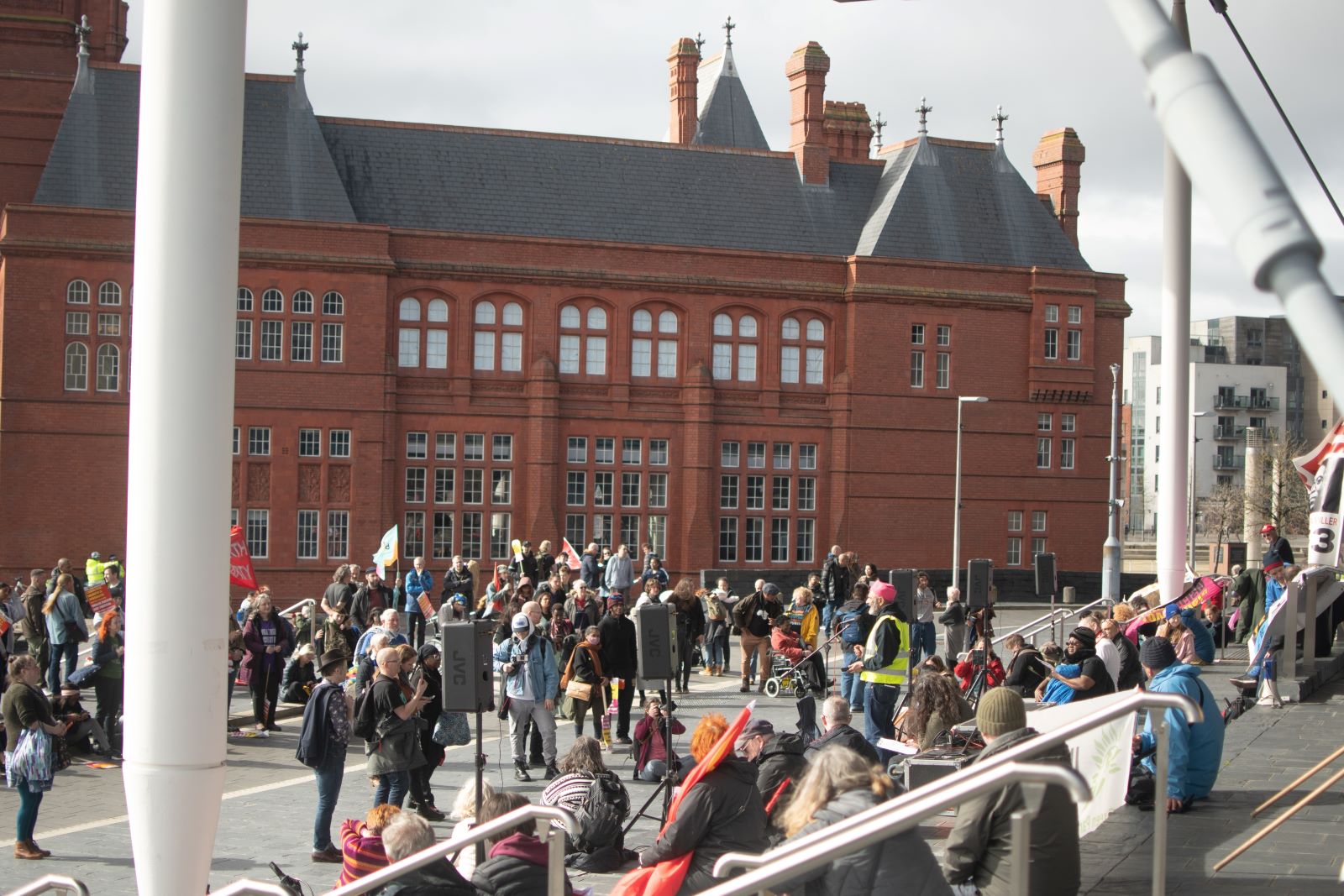
Bristol and Cardiff, though separated by a mere stretch of water, embody a cross-border rivalry that plays out in both cultural and economic arenas. Bristol’s reputation as a hub of innovation and artistic culture contrasts sharply with Cardiff’s proud Welsh heritage and status as a capital city. This rivalry is celebrated through sports, music, and festivals, where each city showcases its distinct identity and competes for regional influence and pride.
17. London vs. Everywhere: The Capital’s Dominance

London’s economic and cultural dominance often places it at odds with the rest of the UK. This centralization of power and resources fosters resentment and calls for greater investment and recognition of other regions’ needs.
18. The Shetlands vs. Mainland Scotland: Remote Rivalry

The Shetlands’ remoteness and unique Viking heritage foster a sense of independence, often feeling disconnected from mainland Scotland’s political and economic decisions.
19. Birmingham vs. London: Challenging the Capital

Birmingham’s resurgence as a cultural and economic hub challenges London’s dominance. With significant investments in infrastructure and the arts, Birmingham is staking its claim as a viable counterbalance to the capital.
20. Isles of Scilly vs. Mainland UK: Isolation and Identity

The Isles of Scilly’s geographical isolation shapes a unique community identity, distinct from mainland UK. The local governance and reliance on tourism and fishing underscore their different economic and social landscape.
21. Leicester vs. Nottingham: Historical Trade Rivalry
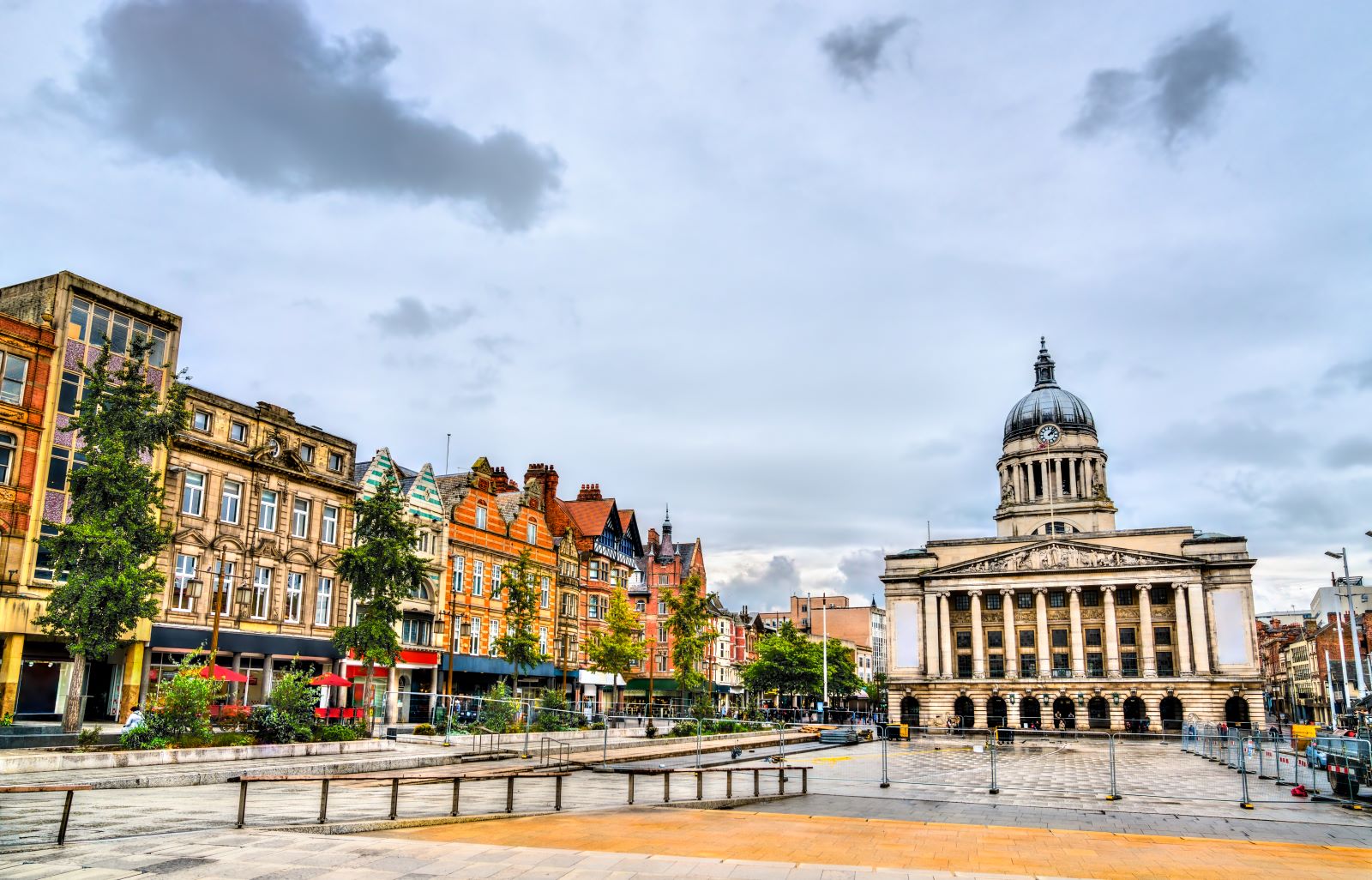
The historical rivalry between Leicester and Nottingham stems from competition in trade and textiles. Today, this rivalry is more friendly, focused on sports and regional pride but still underlines distinct community identities.
Each of these points reflects a rich and complex picture of regional identity and rivalry across the UK. As Britain continues to evolve, understanding these dynamics is crucial for addressing regional needs and fostering national unity.
Featured Image Credit: Shutterstock / William Barton.
For transparency, this content was partly developed with AI assistance and carefully curated by an experienced editor to be informative and ensure accuracy.
The images used are for illustrative purposes only and may not represent the actual people or places mentioned in the article.

